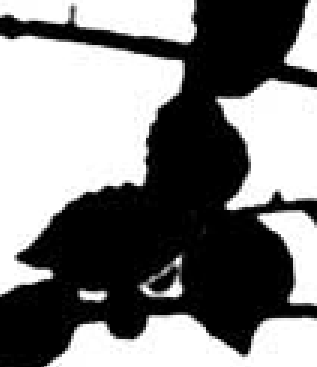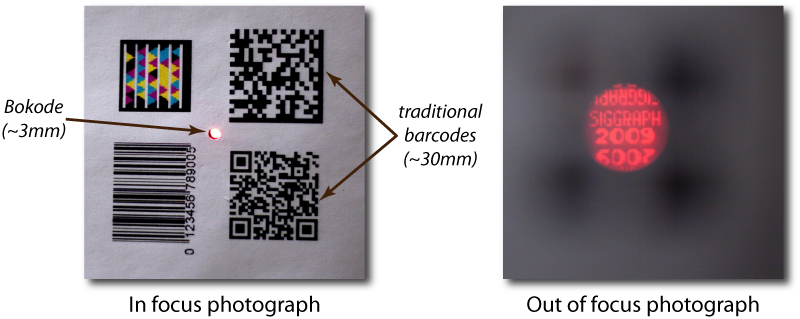When discussing things to do and see at SIGGRAPH, it is important to note the co-located conferences. This year, SIGGRAPH is co-located with the Eurographics Symposium on Sketch-Based Interfaces and Modeling (SBIM), the Symposium on Computer Animation (SCA), Non-Photorealistic Animation and Rendering (NPAR), and High-Performance Graphics (HPG). SCA has had good animation papers over the years, and is of interest to many game graphics programmers. NPAR is also a good conference for anyone interested in stylized rendering. In this post I will focus on HPG, which is a new conference formed out of the merger of the venerable Graphics Hardware conference, and the newcomer Symposium on Interactive Ray Tracing.
HPG is a three-day conference; the first two days are just before SIGGRAPH, and the third overlaps the first day of SIGGRAPH (unfortunately conflicting with the excellent SIGGRAPH course, Advances in Real-Time Rendering in 3D Graphics and Games).
HPG has managed to line up two pretty amazing keynotes. The first one is by Larry Gritz on film production rendering. Larry is a legend in the field; he was with Pixar from the Toy Story days, and co-wrote one of the most well-regarded books on Renderman. He since worked on several important renderers (BMRT, Gelato), and is now at Sony Pictures Imageworks. The second keynote is by Tim Sweeney, on the future of GPUs. As the outspoken chief architect of Epic’s Unreal Engine, Tim should need no introduction.
At the end of the conference, the two keynote speakers are joined by Steve Parker (NVIDIA) and Aaron Lefohn (Intel) for a panel on high-performance graphics in 7 year’s time.
HPG also has posters and “Hot 3D” systems presentations (hardware manufacturers talking about their latest designs). Inexplicably, although the acceptance deadline for both has long since passed, the content of neither of these is listed on the conference website yet.
I briefly discussed HPG papers in a previous post, but then only paper titles were available, making it hard to judge relevance; now many of the papers have preprints linked from Ke-Sen Huang‘s HPG 2009 papers page.
Some of the papers look relevant to current or near-future work. There are two interesting antialiasing papers: Morphological Antialiasing was covered by Eric in a recent post. The other antialiasing paper (A Directionally Adaptive Edge Anti-Aliasing Filter) does not have a preprint, but the title is promising. It is notable that one of the authors on this paper (Jason Yang) is listed as a speaker at the SIGGRAPH Advances in Real-Time Rendering in 3D Graphics and Games course; perhaps he will discuss the paper there. Although the NVIDIA paper Image Space Gathering has no preprint (yet), some information on this technique was disclosed at GDC: it involves rendering reflections and shadows into 2D buffers and then performing cross bilateral filters to mimic glossy reflections and soft shadows. I have seen similar techniques used in games, so it will be interesting to hear NVIDIA’s take on this concept. Another promising paper title: Scaling of 3D Game Engine Workloads on Modern Multi-GPU Systems.
The paper Parallel View-Dependent Tessellation of Catmull-Clark Subdivision Surfaces deals with tessellation using GPGPU methods rather than the DX11 tessellation pipeline; I’m not an expert in this area so it’s hard for me to judge, but it might be of interest for people working in this field.
I’m a bit skeptical of depth peeling techniques in general, but recent work in this area has shown some promise. The paper Bucket Depth Peeling lacks a preprint at this moment, but I look forward to learning more about it at the conference.
I found the title Data-Parallel Rasterization of Micropolygons With Defocus and Motion Blur promising because I am interested in the REYES micropolygon algorithm, and particularly in the way it handles defocus and motion blur effects. The technique presented in this paper appears to be less efficient than the REYES method, except for cases with very high velocity and/or defocus. The paper presents a GPU-efficient version of the REYES algorithm as well as an alternative algorithm which is faster in some cases. One of the authors has a blog post that gives some interesting context for the paper.
The amount of actual graphics hardware papers at the Graphics Hardware conference has been declining for years, which is probably one of the factors that precipitated the conference merger with IRT. This year there is only one paper which is clearly about hardware design: PFU: Programmable Filtering Unit for Mobile Multimedia Applications on Graphics Hardware. It has a fairly self-explanatory title, which is fortunate since it has no preprint available. Texture filtering is the last unassailable bastion of fixed-function hardware; for example, it is the only fixed-function unit in Larrabee. Programmable filtering is an intriguing concept; I look forward to the paper presentation. There is one more paper that may be about hardware (Embedded Function Composition); but the title is a bit opaque and it also has no preprint, so it is hard to be sure.
Despite my claim in the previous blog post, there do indeed appear to be quite a few papers about ray tracing this year: Efficient Ray Traced Soft Shadows using Multi-Frusta Traversal, Understanding the Efficiency of Ray Traversal on GPUs, Faster Incoherent Rays: Multi-BVH Ray Stream Tracing, Accelerating Monte Carlo Shadows Using Volumetric Occluders and Modified kd-Tree Traversal, Selective and Adaptive Supersampling for Real-Time Ray Tracing, Spatial Splits in Bounding Volume Hierarchies, Object Partitioning Considered Harmful: Space Subdivision for BVHs, and A Parallel Algorithm for Construction of Uniform Grids. Another paper, Hardware-Accelerated Global Illumination by Image Space Photon Mapping, combines image-space, GPU-accelerated methods for the initial bounce and final gather with ray-tracing for a complete photon mapping solution.
There are only three “GPGPU” papers this year; two on GPU stream compaction (copying selected elements of an array into a smaller array): Efficient Stream Compaction on Wide SIMD Many-Core Architectures and Stream Compaction for Deferred Shading, and one on computing minimum spanning trees for graphs (Fast Minimum Spanning Tree for Large Graphs on the GPU).







